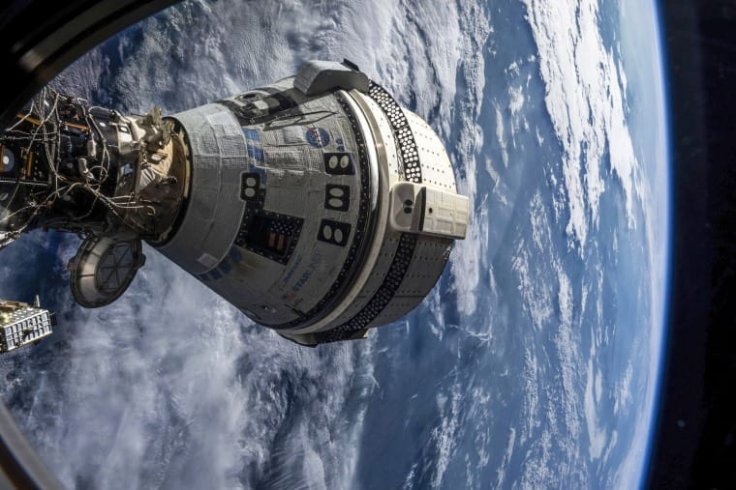
Boeing's Starliner spacecraft, docked at the International Space Station since June, is causing concern with strange noises. NASA astronaut Butch Wilmore noticed unusual sounds from the Starliner's speaker on Saturday. "I've got a question about Starliner," Wilmore said to mission control in Houston. "There's a strange noise coming through the speaker ... I don't know what's making it."
Wilmore made mission control listen to the sound. "Alright Butch, that one came through," mission control responded. "It was kind of like a pulsing noise, almost like a sonar ping." The audio exchange was circulated online, but the source of the noise remains unclear. "I'll do it one more time, and I'll let y'all scratch your heads and see if you can figure out what's going on," Wilmore added.
NEWS — Starliner is emitting unusual "sonar-like noises." 😳‼ï¸
— World Media News (@WMEDIAPR) September 2, 2024
Here is the actual audio of the sounds. pic.twitter.com/Ww3R9DVXYq
The source of the noise is still uncertain, but Mission Control has promised a thorough investigation of the recording. The sound seems to originate from a speaker inside the Starliner, adding to the spacecraft's existing technical difficulties.
Starliner Echos🔊
— Pedro V Montana (@HashtroHands) September 1, 2024
There were reported “sonar like noises†emanating from the speaker of the spacecraft.
From previous documented odd sounds in spacecrafts, chances are the noise is due to small deformations in the spacecraft due to a difference in pressure between its inner and… pic.twitter.com/6lBpIiKxoF
As reported by Ars Technica, hearing unusual sounds in space isn't unusual for astronauts. However, the sonar-like noise noticed by Wilmore stands out, especially considering the current problems with the Starliner.
The Starliner capsule, designed to carry astronauts, has been problematic since its launch. Helium leaks and thruster failures have stranded Wilmore and fellow astronaut Sunita Williams at the space station. What was intended to be an eight-day mission has now extended to eight months. NASA has plans to bring the astronauts home with SpaceX's Crew Dragon spacecraft, which is set to launch in late September.
Starliner is expected to return to Earth without its crew due to safety concerns. In preparation, NASA adjusted the next crew rotation, cutting two astronauts to make room for Wilmore and Williams on the return trip. NASA astronauts Nick Hague and a Russian astronaut will board a SpaceX rocket to the station and return with Wilmore and Williams.
This incident highlights ongoing challenges with Starliner, which transported astronauts to the space station on June 5. Shortly after launch, the spacecraft suffered from helium leaks and five of its 28 thrusters malfunctioned. Now, the unexplained noise adds to a list of concerns.
NASA astronaut Wilmore first noticed the noise during a routine check. "There's a strange noise coming through the speaker," he reported. Unsure if the sound was due to a connection issue or something else, Wilmore held his microphone up to the speaker. Mission control confirmed the noise was audible, describing it as a sonar-like ping.
While unusual noises in space are not unprecedented, they often puzzle astronauts and engineers. For example, during China's first human spaceflight in 2003, astronaut Yang Liwei reported hearing what sounded like an iron bucket being struck by a wooden hammer, later attributed to pressure differences causing small deformations in the spacecraft.
Despite the challenges, NASA remains focused on resolving Starliner's issues. The spacecraft, which has faced numerous setbacks, is scheduled to return to Earth autonomously. Wilmore and Williams, however, will travel back aboard SpaceX's Crew Dragon next year in February. NASA has assured that the astronauts who were bumped from the SpaceX mission will have opportunities to fly on future missions.
As Boeing continues to address these issues, the Starliner saga underscores the complexities of space travel and the importance of rigorous testing and safety measures. The ongoing troubleshooting with Starliner will likely inform future spacecraft designs and operations, as NASA and its partners continue to push the boundaries of human spaceflight.









